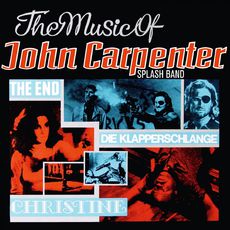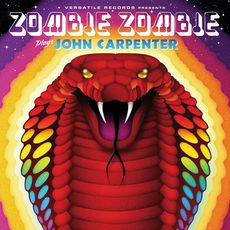Over the past few years, numerous directors have filled their films with instrumental music or pre-existing songs. This allows them to avoid the sometimes awkward conversation with a composer, whose language is at times even more abstract than that of a filmmaker or scriptwriter. By choosing already known compositions, they can also have more control over their own creation. But some directors don’t succumb to this tendency (that you could call the easy way out!) and they’re not afraid to confront themselves with the world of a musician. Finally, there’s a third group of directors, a rarer kind: those who compose the music for their own films. This is the case for Charles Chaplin, Clint Eastwood, Tony Gatlif and, of course, John Carpenter. By composing their own soundtracks, they prove their omnipotence as well as developing their own original musical universe.
The first link between Carpenter and music was made during his childhood, as his father was the head of the music department at the University of Kentucky. He later attended Nashville studios, and it was there that Carpenter learnt the nuts and bolts of music, before deepening his learning with violin and piano lessons. In 1964, at the age of 16, he threw himself into the folk scene by founding the group Tomorrow’s Children with two friends. In 1966, this same trio made up of Carpenter, Elizabeth Solley and Tommy Lee Wallace turned to rock. This new group was called The Kaleidoscope, a name which already shows Carpenters attraction to images. At the same period he recruited some fellow students to shoot a load of student films (in which he sometimes featured) that were shot with an amateur camera. And it was thanks to these short films that he began to familiarize himself with the creation of music for images, above all due to his taste for music but also more prosaically as a cost-saving measure.
Create a free account to keep reading













